
A yeshiva is a traditional Jewish educational institution focused on the study of Rabbinic literature, primarily the Talmud and halacha, while Torah and Jewish philosophy are studied in parallel. The studying is usually done through daily shiurim as well as in study pairs called chavrusas. Chavrusa-style learning is one of the unique features of the yeshiva.

Yitzchak (Isaac) Hutner was an American Orthodox rabbi and rosh yeshiva (dean).

The Soloveitchik dynasty of rabbinic scholars and their students originated the Brisker method of Talmudic study, which is embraced by their followers in the Brisk yeshivas. It is so called because of the Soloveitchiks' origin in the town of Brisk, or Brest-Litovsk, located in what is now Belarus. Many of the first Soloveitchik rabbis were the official rabbis of Brisk, and each in turn was known as "the Brisker Rov". Today, Brisk refers to several yeshivas in Israel and the United States founded by members of the Soloveitchik family.
Rosh yeshiva is the title given to the dean of a yeshiva, a Jewish educational institution that focuses on the study of traditional religious texts, primarily the Talmud and the Torah, and halakha.
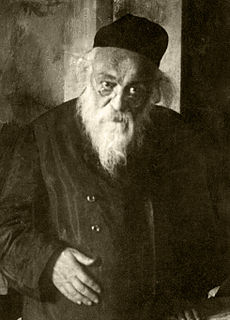
Chaim (Halevi) Soloveitchik, also known as Reb Chaim Brisker, was a rabbi and Talmudic scholar credited as the founder of the popular Brisker approach to Talmudic study within Judaism. He is also a member of the Soloveitchik dynasty, as the son of the Beis HaLevi.

Telshe Yeshiva is a yeshiva in Wickliffe, Ohio, formerly located in Telšiai, Lithuania. It is a prominent Haredi institution of Torah study, with additional branches in Chicago and New York.
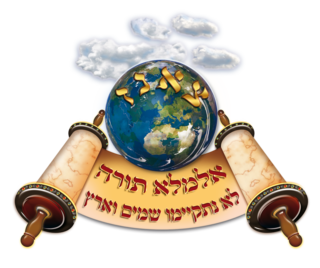
Klausenburg, also known as Sanz-Klausenburg, is a Hasidic dynasty that originated in the Transylvanian city of Cluj-Napoca, today in Romania.

Boston is a Hasidic dynasty, originally established in 1915 by Rabbi Pinchas David Horowitz, a scion of the Nikolsburg Hasidic dynasty. Following the custom of European Chassidic Courts, where the Rebbe was called after the name of his city, the Bostoner branch of Hasidic Judaism was named after Boston, Massachusetts. The most senior and well-known of the Bostoner Rebbes in contemporary times was Grand Rabbi Levi Yitzchak Horowitz, who died in December 2009.

Pshevorsk is a small Hasidic movement based in Antwerp, Belgium, led by the Leiser rabbinical dynasty, originating in the Polish town of Przeworsk.
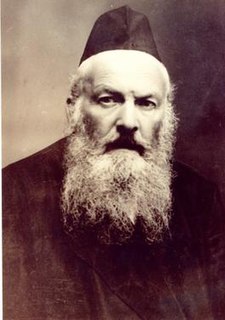
Elchonon Bunim Wasserman was a prominent rabbi and rosh yeshiva (dean) in prewar Europe. He was one of the closest students of Yisrael Meir Kagan and a noted Talmid Chacham. In the interwar period, he served as rosh yeshiva of Yeshiva Ohel Torah-Baranovich. He was murdered during the Holocaust.
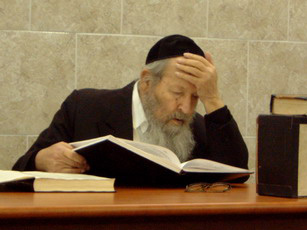
Moshe Shmuel Shapiro (1917–2006) was a Rosh Yeshiva and important rabbinic figure in Israel.

Moetzes Gedolei HaTorah is the supreme rabbinical policy-making council of the Agudat Yisrael and Degel HaTorah movements in Israel; and of Agudath Israel of America in the United States. Members are usually prestigious Roshei Yeshiva or Hasidic rebbes, who are also usually regarded by many Haredi Jews to be the Gedolim ("great/est") sages of Torah Judaism. Before the Holocaust, it was the supreme authority for the World Agudath Israel in Europe.
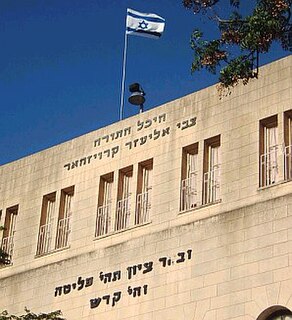
From the founding of political Zionism in the 1890s, Haredi Jewish leaders voiced objections to its secular orientation, and before the establishment of the State of Israel, the vast majority of Haredi Jews were opposed to Zionism. This was chiefly due to the concern that secular nationalism would redefine the Jewish nation from a religious community based in their alliance to God for whom adherence to religious laws were “the essence of the nation’s task, purpose, and right to exists,” to an ethnic group like any other as well as the view that it was forbidden for the Jews to re-constitute Jewish rule in the Land of Israel before the arrival of the Messiah. Those rabbis who did support Jewish resettlement in Palestine in the late 19th century had no intention to conquer Palestine and declare its independence from the rule of the Ottoman Turks, and some preferred that only observant Jews be allowed to settle there.
Shmuel Yaakov Weinberg, known as Yaakov Weinberg was an Orthodox Jewish rabbi, Talmudist, and rosh yeshiva (dean) of Ner Israel Rabbinical College in Baltimore, Maryland, one of the major American non-Hasidic yeshivas. Rabbi Weinberg also served as a leading rabbinical advisor and board member of a number of important Haredi and Orthodox institutions such as Torah Umesorah, Agudath Israel of America and the Association for Jewish Outreach Programs.

Mesivta is an Orthodox Jewish yeshiva secondary school for boys. The term is commonly used in the United States to describe a yeshiva that emphasizes Talmudic studies for boys in grades 9 through 11 or 12; alternately, it refers to the religious studies track in a yeshiva high school that offers both religious and secular studies.
In Jewish law, a Posek is a legal scholar who determines the position of halakha, the Jewish religious laws derived from the written and Oral Torah in cases of Jewish law where previous authorities are inconclusive, or in those situations where no clear halakhic precedent exists.
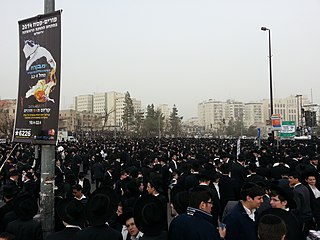
The protest against conscription of yeshiva students was a mass rally held in Jerusalem on March 2, 2014. Its organizers called for a "million-man protest" against a proposed law overturning the exemption from military service for Haredi talmudical students and criminalizing those who refused to enlist in the Israel Defense Forces. From 300,000 to 600,000 people gathered in one of the largest protests in Israeli history.
Aaron Monsonego was a Moroccan rabbi who was the Chief Rabbi of Morocco.
Yosef Yitzchak "Yossi" Jacobson, also known as YY Jacobson, is an American Chabad rabbi and speaker from Monsey, New York.














